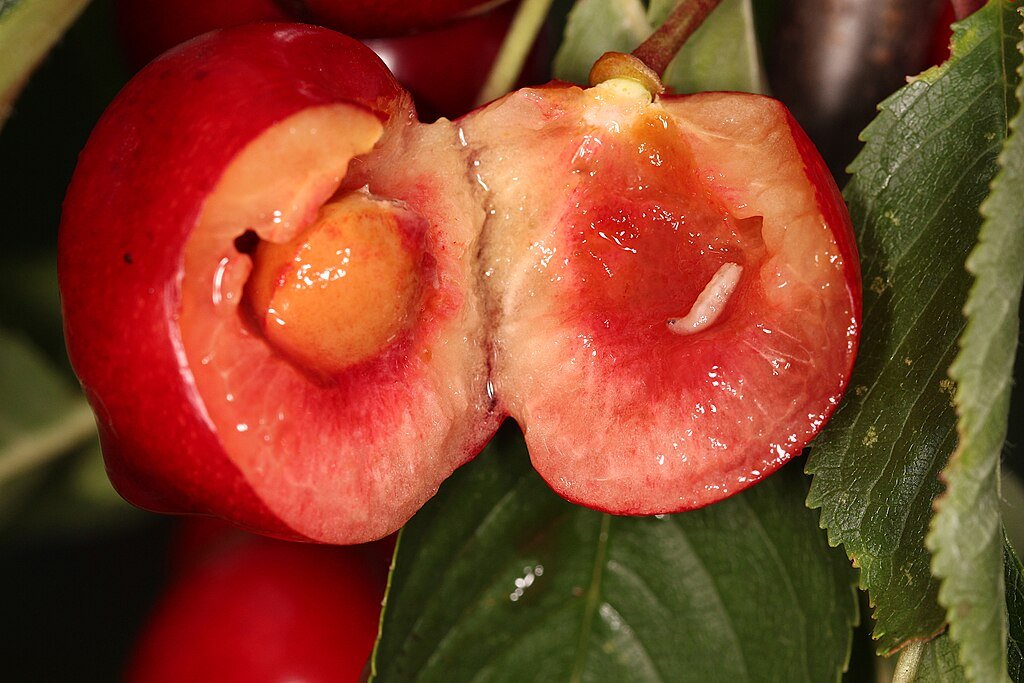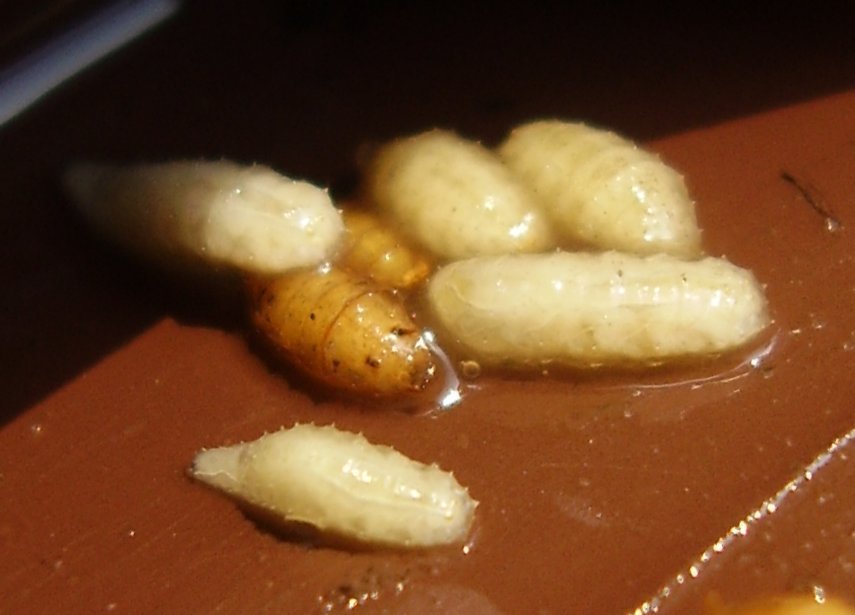Electroreception, the ability to sense electric fields, is a fascinating trait found in species like sharks, bees, and platypuses. Recent research has added fruit fly larvae (Drosophila melanogaster) to this list, revealing their capacity to detect electric fields and navigate toward negative electric potentials. This discovery opens new avenues for understanding sensory biology and bioengineering applications.
The Discovery of Electroreception in Fruit Fly Larvae

Scientists at UC Santa Barbara uncovered electroreception in fruit fly larvae using gel electrophoresis, a technique typically employed to sort DNA fragments. When exposed to an electric field, the larvae exhibited robust behavior, reorienting themselves and moving toward the negative electrode. This response is mediated by a small set of sensory neurons in their head, marking a significant addition to the known sensory capabilities of fruit flies.
Implications for Sensory Biology
Electroreception in fruit fly larvae challenges the notion that this sense is exclusive to aquatic or specialized terrestrial species. It suggests that electric fields may play a more significant role in terrestrial ecosystems than previously thought. Understanding how these larvae process electric signals could provide insights into the evolution of sensory systems across diverse species.
Applications in Bioengineering
The discovery has potential applications in bioengineering, particularly in developing devices that mimic electroreception for navigation or environmental sensing. Fruit flies, as widely used experimental organisms, offer a unique platform for studying the molecular basis of this sense and translating findings into innovative technologies.
Future Research Directions

Further studies aim to explore the genetic and molecular mechanisms underlying electroreception in fruit fly larvae. Researchers are also investigating whether adult fruit flies retain this ability and how it influences their behavior. These findings could pave the way for broader research into electroreception in other terrestrial species.
Conclusion
The discovery of electroreception in fruit fly larvae highlights the complexity and diversity of sensory systems in the animal kingdom. By uncovering this sixth sense, researchers have not only expanded our understanding of fruit fly biology but also opened doors to innovative applications in science and technology.
Source:





